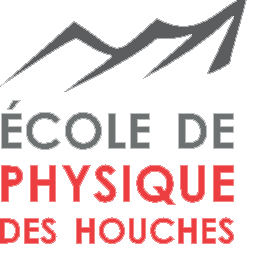Speaker
Description
Collinear laser spectroscopy (CLS) is a powerful tool, with a long and successful history at COLLAPS/ISOLDE, to access nuclear ground state properties such as spin, charge radius, and electromagnetic moments with high precision and accuracy [1]. Conventional CLS is based on the optical detection of fluorescence photons from laser-excited ions or atoms. It is limited to radioactive ion beams with yields of more than 100 to 10,000 ions/s, depending on the specific case and spectroscopic transition. The study of the most exotic nuclides synthesised at ISOLDE consequently demands for more sensitive experimental methods.
Complementary to Collinear Resonance Ionization Spectroscopy (CRIS) [2] or more specialised techniques, e.g. [3], we are currently developing the Multi Ion Reflection Apparatus for Collinear Laser Spectroscopy (MIRACLS). Supported by an ERC Starting Grant, this novel approach is determined to enhance the sensitivity of CLS by a factor of 20-600. It is centred on an a multi-reflection time-of-flight (MR-ToF) apparatus in which the ions bounce back and forth between electrostatic mirrors [4]. This scheme allows extended observation times and hence higher experimental sensitivity while preserving the high resolution of conventional CLS.
This poster contribution will introduce the MIRACLS concept and will present the current status of the project.
[1] R. Neugart et al., J. Phys. G: Nucl. Part. Phys. 44, 064002 (2017)
[2] K. T. Flanagan. Nuclear Physics News 23, 2 24 (2013),
T. E. Cocolios et al., Nucl. Instrum. Methods Phys. Res. B 317, 565 (2013)
[3] R. F. Garcia Ruiz et al., J. Phys. G: Nucl. Part. Phys. 44, 044003 (2017)
[4] R. N. Wolf et al., Int. J. Mass Spectrom. 349-350, 123-133 (2013)
F. Wienholtz et al., Nature 498, 346-349 (2013)
